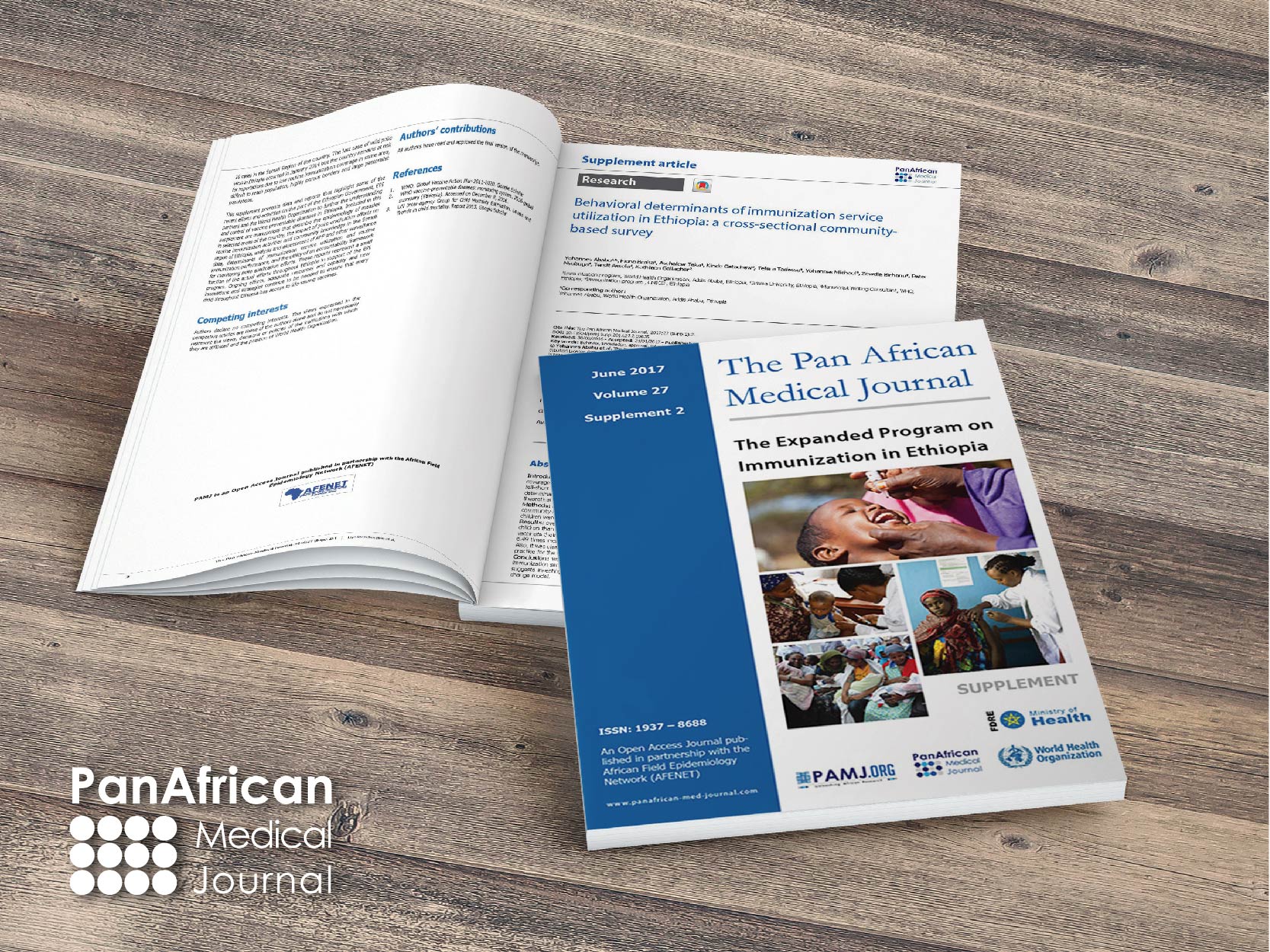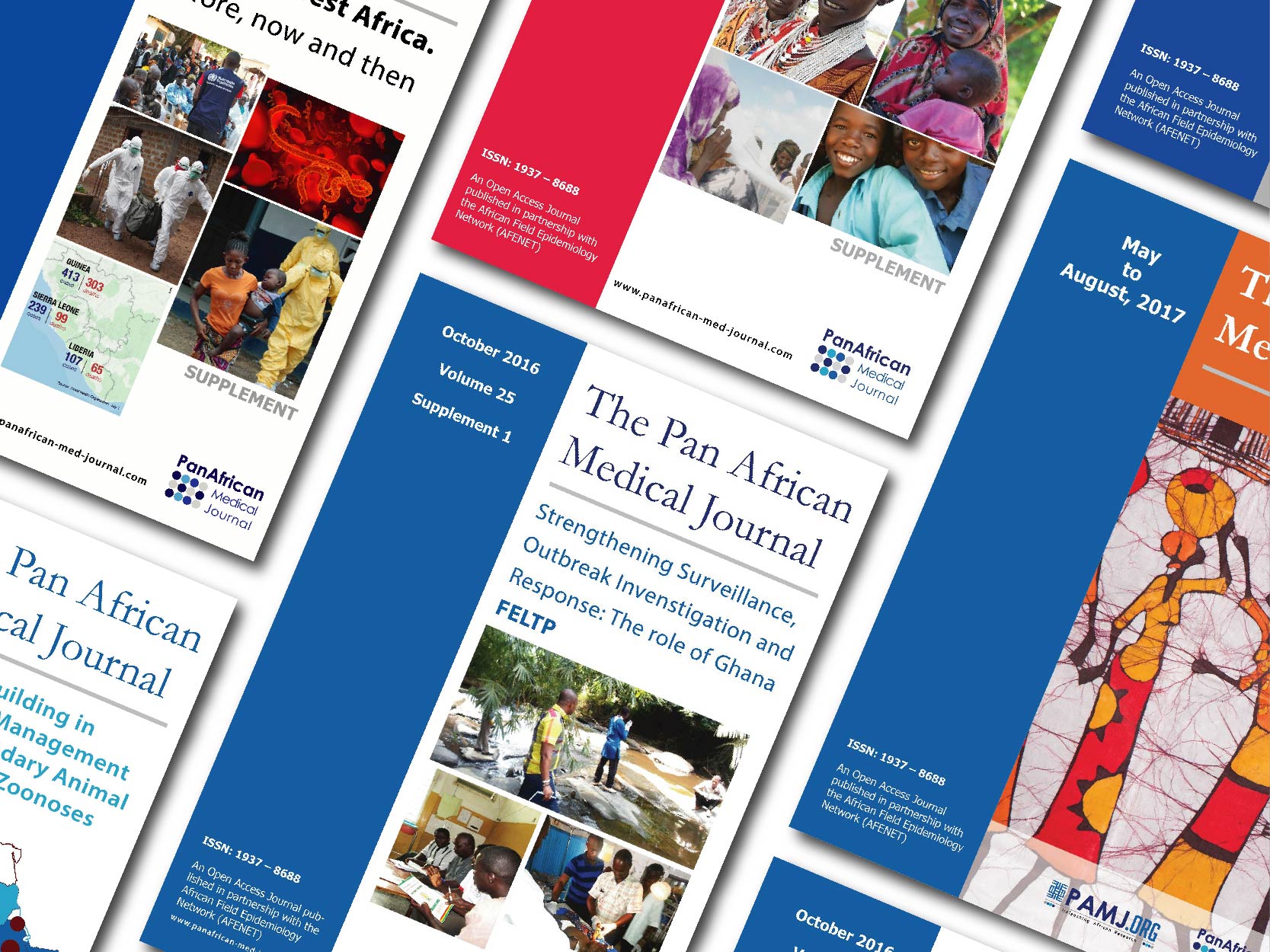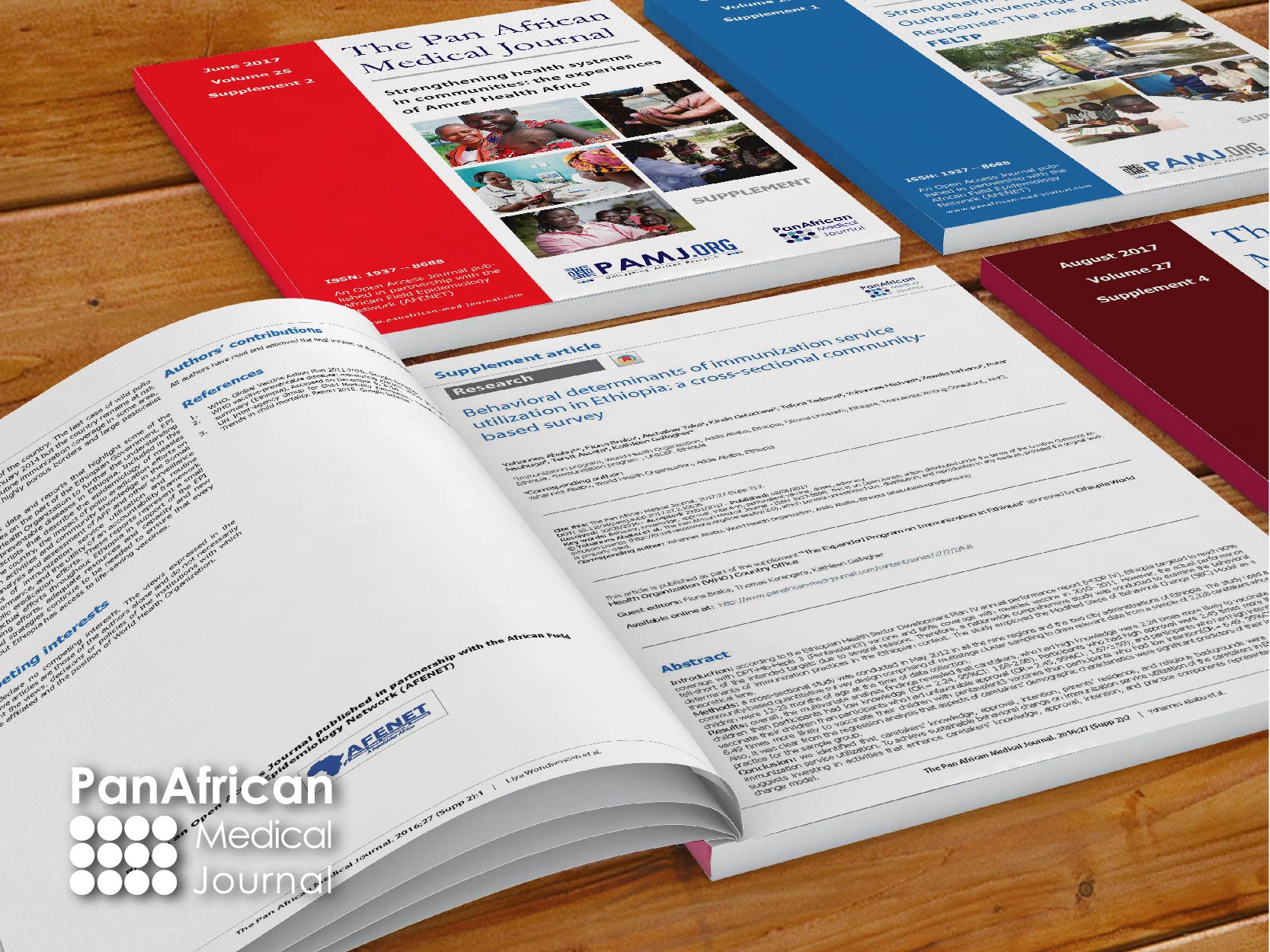Conference abstract
Primary hyperparathyroidism with ectopic localization: a report of 5 cases
Pan African Medical Journal - Conference Proceedings. 2024:22(134).25
Nov 2024.
doi: 10.11604/pamj-cp.2024.22.134.2553
Archived on: 25 Nov 2024
Contact the corresponding author
Keywords: Primary hyperparathyroidism, ectopic localization, Tunisia
Poster
Primary hyperparathyroidism with ectopic localization: a report of 5 cases
Ameni Jebali1, Ines Bayar1,&, Marwa El Arem1, Farah Ayachi1, Sana Abid1, Bilel Ben Amor1, Ekram Hajji1, Hanene Sayadi1, Hela Marmouch1, Ines Khochtali1
1Department of Endocrinology and Internal Medicine, Fattouma Bourguiba University Hospital, Monastir, Tunisia
&Corresponding author
Introduction: Primary hyperparathyroidism (PHPT), a relatively common endocrinopathy, is caused by ectopic parathyroid adenoma in 11 to 25% of cases. We report five cases of ectopic PHPT and illustrate our diagnostic approach, which allows for optimal management.
Observations: these were 5 patients, including 4 women and 1 man, aged between 50 and 77 years. Two patients had a personal history of neoplasia (colonic adenocarcinoma in one case and low-grade non-invasive papillary urothelial carcinoma in the other). Hypercalcemia was incidentally discovered in all patients (values between 2.8 and 3.1 mmol/L). PTH values ranged between 128 and 484 pg/mL. Cervical ultrasound showed no parathyroid abnormalities. Parathyroid scintigraphy with 99mTc-Sestamibi coupled with SPECT/CT allowed the localization of ectopic parathyroid adenomas, which were basal-cervical in one case and mediastinal in four cases, with sizes ranging from 2 to 5 cm. Osteopenia was observed in 4 cases and osteoporosis in 1 case. Patients who underwent surgical management (4 out of 5 cases) had favorable clinical and biological outcomes.
Conclusion: ectopic locations in PHPT pose a challenge for topographic diagnosis. The overall sensitivity and specificity of sestamibi scintigraphy are 73% and 80%, respectively, depending on the pathological glands' size and secretory activity. Although the clinical presentation and impact of PHPT are not different from eutopic PHPT, comprehensive topographic assessment is necessary to guide minimally invasive surgery and ensure remission.
Primary hyperparathyroidism with ectopic localization: a report of 5 cases
Ameni Jebali1, Ines Bayar1,&, Marwa El Arem1, Farah Ayachi1, Sana Abid1, Bilel Ben Amor1, Ekram Hajji1, Hanene Sayadi1, Hela Marmouch1, Ines Khochtali1
1Department of Endocrinology and Internal Medicine, Fattouma Bourguiba University Hospital, Monastir, Tunisia
&Corresponding author
Introduction: Primary hyperparathyroidism (PHPT), a relatively common endocrinopathy, is caused by ectopic parathyroid adenoma in 11 to 25% of cases. We report five cases of ectopic PHPT and illustrate our diagnostic approach, which allows for optimal management.
Observations: these were 5 patients, including 4 women and 1 man, aged between 50 and 77 years. Two patients had a personal history of neoplasia (colonic adenocarcinoma in one case and low-grade non-invasive papillary urothelial carcinoma in the other). Hypercalcemia was incidentally discovered in all patients (values between 2.8 and 3.1 mmol/L). PTH values ranged between 128 and 484 pg/mL. Cervical ultrasound showed no parathyroid abnormalities. Parathyroid scintigraphy with 99mTc-Sestamibi coupled with SPECT/CT allowed the localization of ectopic parathyroid adenomas, which were basal-cervical in one case and mediastinal in four cases, with sizes ranging from 2 to 5 cm. Osteopenia was observed in 4 cases and osteoporosis in 1 case. Patients who underwent surgical management (4 out of 5 cases) had favorable clinical and biological outcomes.
Conclusion: ectopic locations in PHPT pose a challenge for topographic diagnosis. The overall sensitivity and specificity of sestamibi scintigraphy are 73% and 80%, respectively, depending on the pathological glands' size and secretory activity. Although the clinical presentation and impact of PHPT are not different from eutopic PHPT, comprehensive topographic assessment is necessary to guide minimally invasive surgery and ensure remission.








